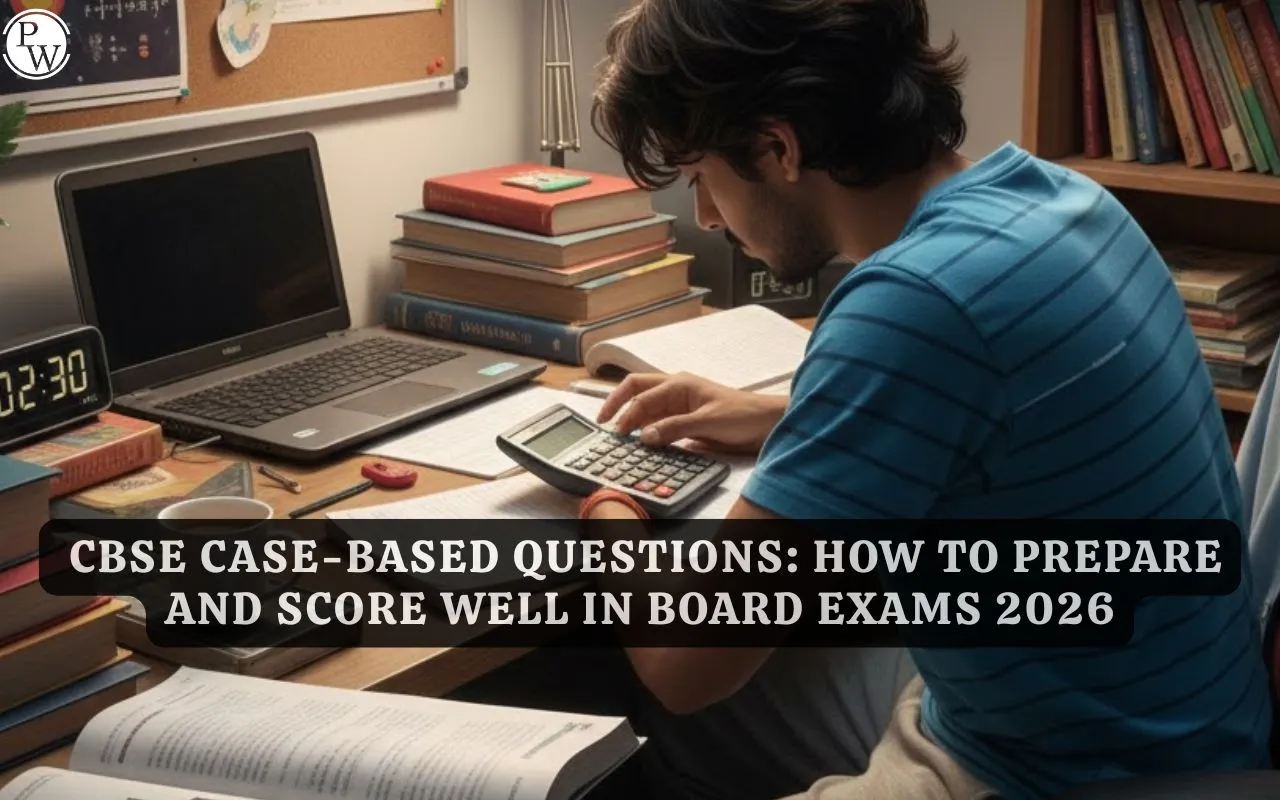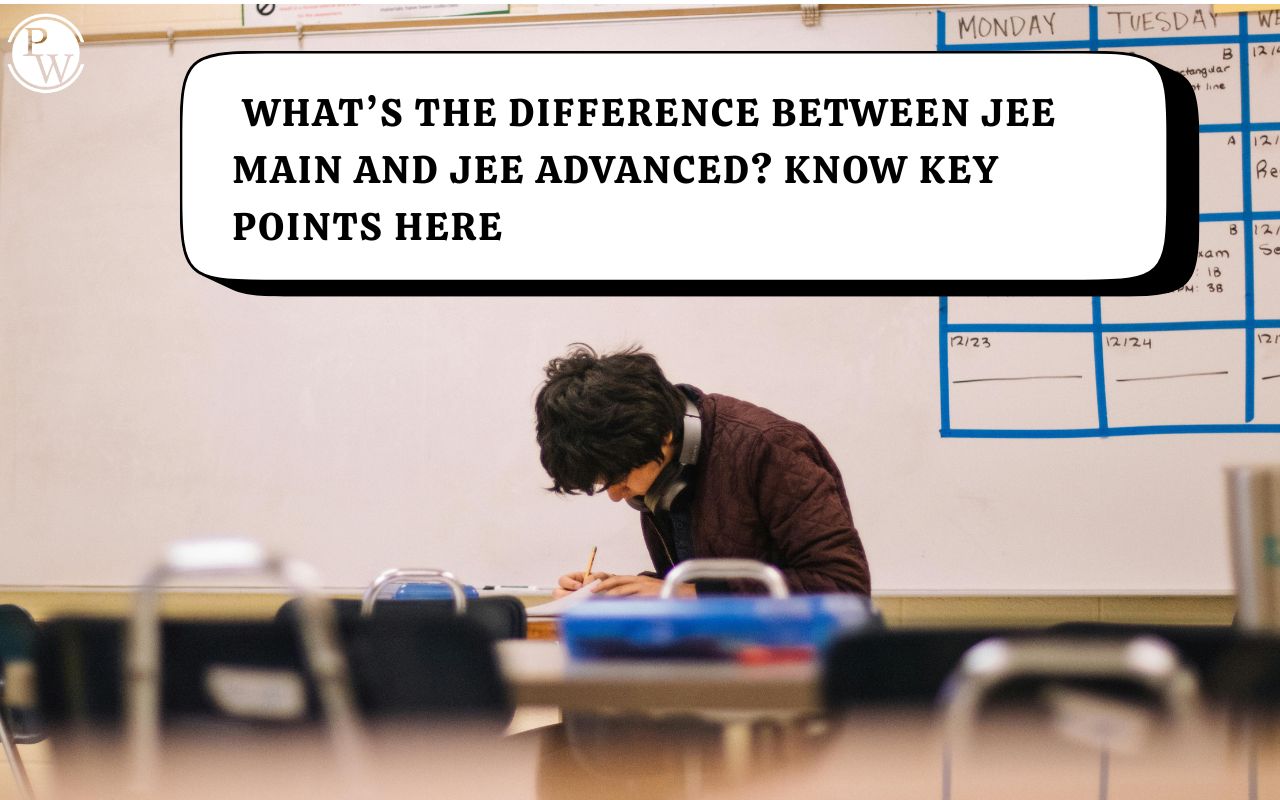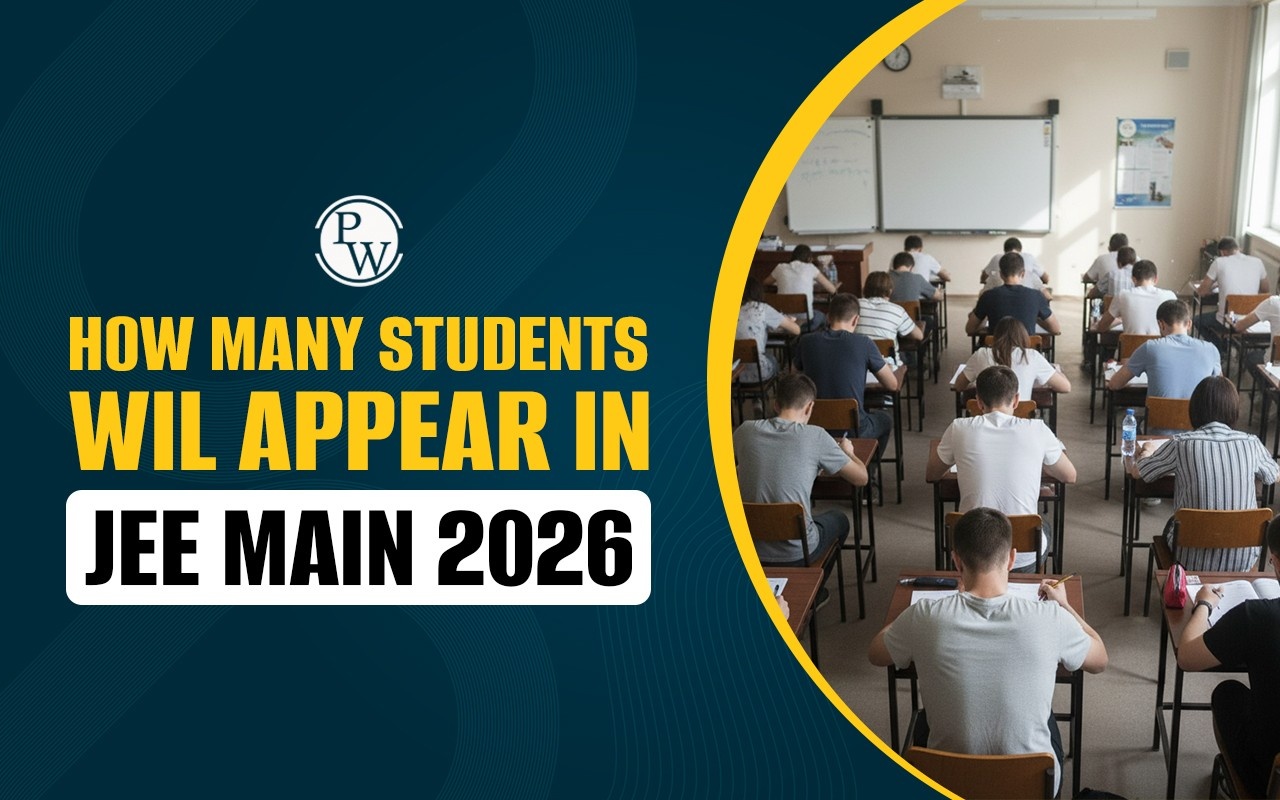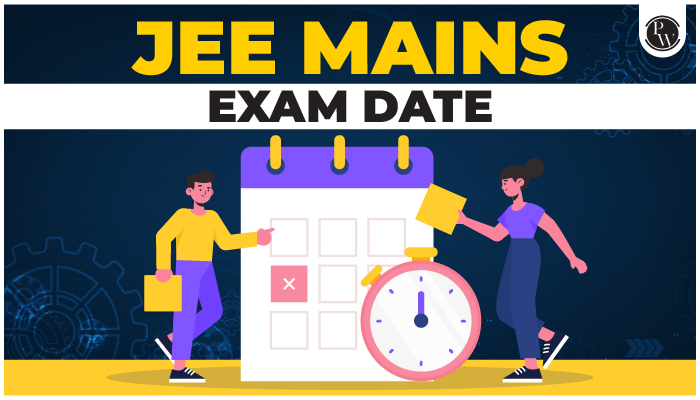

Recent CBSE sample papers clearly show a shift in how questions are framed. Direct recall-based questions are fewer, while real-life situations, data-based prompts, and case studies appear more often. This is part of CBSE’s ongoing move toward assessments that measure understanding and competency, a change reflected across its circulars and paper formats.
Case-based questions now form a major part of Class 10 and 12 exams. They were introduced to ensure that students are tested on comprehension, application, analysis, and problem-solving all areas CBSE has emphasised in its assessment guidelines for years. Instead of repeating textbook lines, students are expected to apply NCERT concepts to a new situation, making the evaluation more meaningful and accurate.
COMPETENCY-BASED ASSESSMENT
CBSE’s focus is clear: a substantial portion of the board exam should check real abilities, not memorisation. This is why a fixed share of the Class 10 and 12 question papers now consists of competency- and application-based items.
Case studies help teachers judge how well students interpret data, draw conclusions, and connect classroom learning with practical logic.
REAL-LIFE CONTEXT IN QUESTIONS
Many sample case studies are based on everyday examples — electricity use at home, water purification systems, agricultural patterns, pollution, or small experiments. The aim is to make students see how classroom concepts function in real situations. When a Science question refers to an actual filtration unit or a common chemical reaction, the idea becomes easier to grasp and recall.
LOWERING PRESSURE, MAKING ASSESSMENT FAIR
Case-based questions reduce dependence on rote learning. They benefit students who understand concepts but may not memorise long theory passages well. CBSE’s structure ensures that clarity of thought and logic carry more weight.
HOW STUDENTS CAN HANDLE CASE-BASED QUESTIONS
Though these questions may look lengthy, they are easier once you know how to approach them. CBSE’s marking schemes make their expectations clear.
Read the passage carefully
Most case studies move in a simple sequence. Reading slowly helps you identify the essential details. The clues are usually included directly in the text.
Spot keywords and important data
Look for figures, observations, variables, or specific processes. These usually form the basis of the answer. Many marks are given for identifying the correct detail and linking it to the concept.
Connect it to NCERT
Every case study is based on NCERT chapters, even if the situation seems new. Ask yourself which concept, law, or process matches the scenario. Once this link is clear, the answer becomes straightforward.
Write short, organised responses
CBSE values clarity and logical flow. Two-line points or brief steps are usually enough.
Understand diagrams, graphs, or tables first
Science case studies often include visual information. Before answering, understand the trend or setup shown. Marks are often allotted for correct interpretation.
Don’t worry if the example is unfamiliar
Some sample papers use situations students haven’t seen before, but the idea behind them always comes from the syllabus. These items test reasoning, not memory. The unfamiliar part is only the storyline.
Use the latest sample papers for practice
CBSE’s sample papers show the type of case studies, mark distribution, difficulty level, and expected answer length. Practising them helps students respond more confidently.
KEY MESSAGE FOR STUDENTS
Case-based questions were introduced to make exams more fair and meaningful, not more difficult. With clear understanding and regular practice, these become some of the highest-scoring sections.









